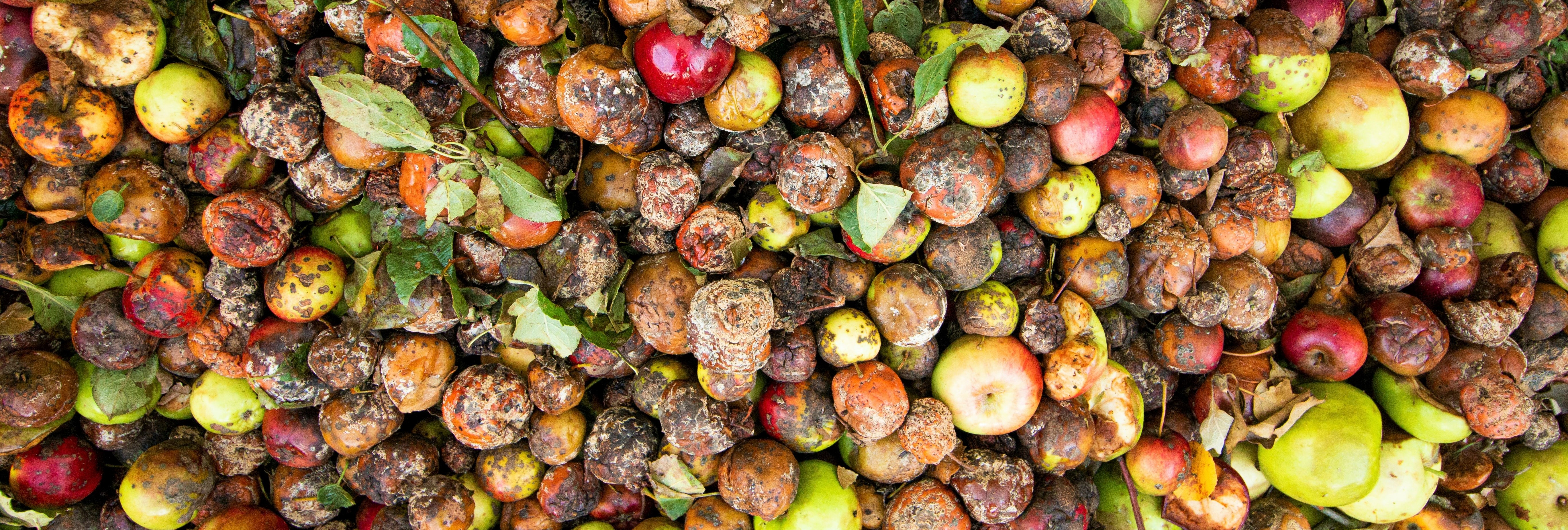The Food Waste Initiative
ELI’s Food Waste Initiative builds the capacity of state and local governments and their community stakeholders to prevent food waste, increase surplus food rescue, and recycle food scraps.
Why?
Reducing food waste is a significant opportunity for cities and municipalities to reduce greenhouse gas (GHG) emissions. In 2022, 38% of food in the United States was wasted, contributing to 6.1% of all U.S. GHG emissions. Most emissions are released in the process of growing, transporting, processing, and storing the food. After it is landfilled, however, food waste—on average the largest component of landfill waste by weight—also emits methane, a powerful GHG. While all this food is going to waste, many American households are food insecure. In 2022, 12.8 percent of all U.S. households experienced food insecurity at some point.
Beyond reducing GHG emissions, diverting food waste can also reduce the need for expanded and new landfills that can be associated with negative environmental and public health impacts—and are disproportionately sited in low-income communities and communities of color. Reducing food waste can also address food insecurity when surplus food is rescued and distributed to those who are food insecure.
In addition, reducing food waste can reduce municipal waste management costs as well as food costs for households and businesses.
How?
State and local governments are well-positioned to take actions to reduce food waste, promote food security, and address climate change. They are not only responsible for managing municipal solid waste and addressing the needs of food-insecure residents, but many have set carbon reduction and climate adaptation goals.
ELI’s Food Waste Initiative provides state and local governments and community stakeholders with model governance tools and capacity building resources to make it easier for them to take actions to address food waste. The Food Waste Initiative also focuses on solving the dual challenges of: (1) developing organics processing facilities (including composting, and anaerobic digestion); and (2) developing collection and preprocessing systems to supply food waste feedstocks.
